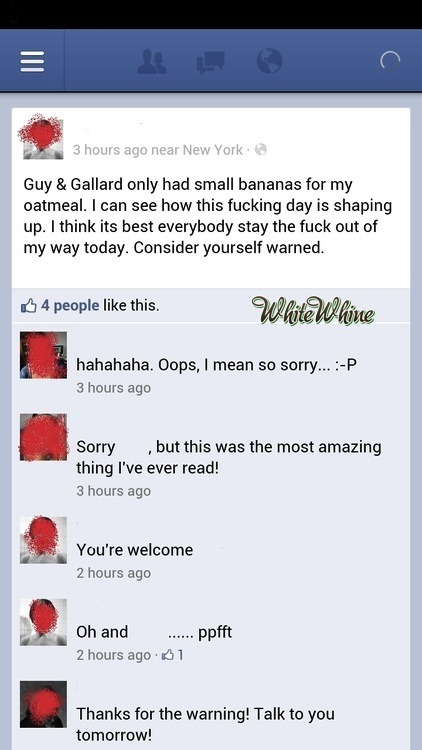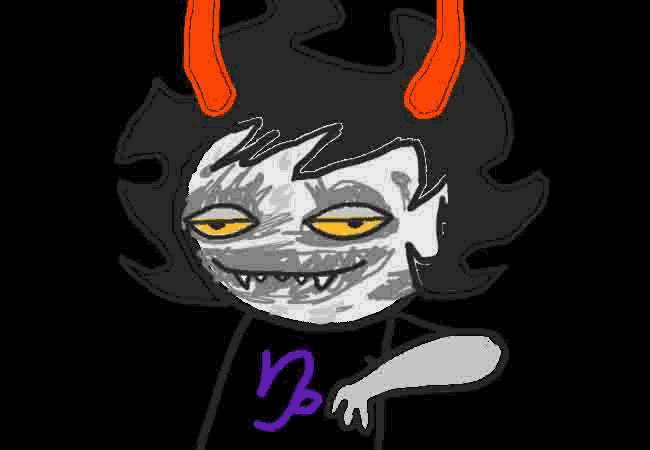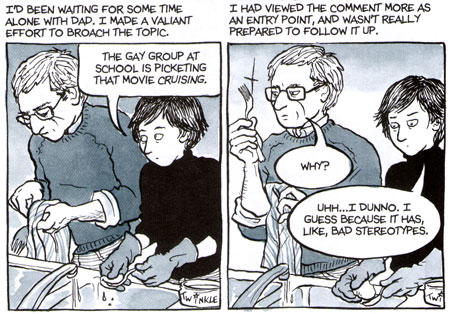Looking
back on the entries I’ve compiled this semester, I’ve noticed my entry
regarding Underground Comics was
pretty lacking, in need of a re-write. I felt this was a necessary since me and
my circle of friends are also engaging in a similar counterculture.
Underground
comics sold in head shops and underground newspapers were made to freely
communicate frustrations towards society and the police, actualizations reached
by way of psychedelics, and day-to-day experiences with inequality. They were a
response to the implemented Comics Code and disquiet throughout the late 1960s
and early 1970s: the Civil Rights Movement, the Sexual Revolution, the Vietnam
War, and anti-drug and paraphernalia laws. While these comics address issues
from nearly 50 years ago, their intent is still relevant to today’s
controversies – Global Warming, the War on Women, Palestine and Israel, the war
in Afghanistan, as well as the gradually rising acceptance of Gender/Sexuality
Minorities, marijuana use, plant-based diets, and calling white people out on
their whiteness. Today, these expressions are mostly made over the Internet, so
these messages are reaching a much wider audience.
From whitewhine.com
Underground
comics of the 60s-70s often contained Optical Art (more commonly known as “Op
Art”), an optical illusion that would appear to move or “breathe” under the
human eye, like how a surface would appear while on psychedelics. When Op Art
appears in a comic, it can simulate a psychedelic experience or instill an
unusual sensation in the viewer. The comic Mother
Oats frequently employs the use of Op Art. Combining that with its
irregular pacing, strange perspective and highly detailed drawings, it does
read like an acid trip.





